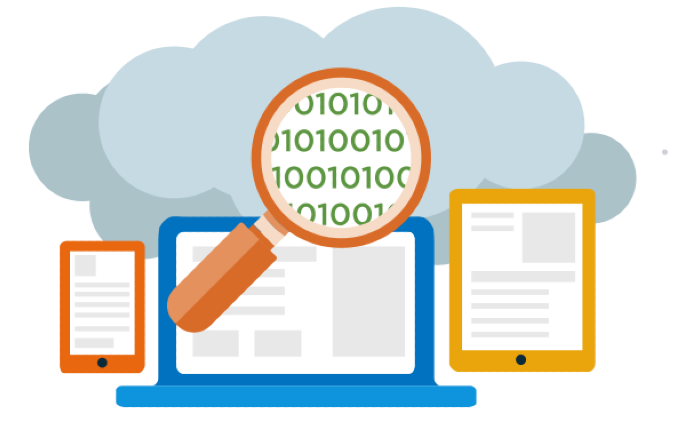Data processing has become important for your business today as data is getting bigger and it is moving to the cloud. Whether it is a small or big company data is crucial to maintaining business communication. Organizations use data profiling to improve various processes across the enterprise. By data profiling, you can ensure data is clean and accurate.
If you are looking for proper analysis, it can happen only with data profiling as data is reviewed for quality. Fresh and active data is likely to bring excellent response and ROI, however, with data profiling you can multiply your gains. With data profiling, you will be able to understand how data is structured and what it contains, the relationships between data sets, and how it can be used.


Data profiling is a process of examining, reviewing, and summarizing your existing data sets to gain insight into their quality based on accuracy, completeness, consistency, timeliness, and accessibility. It also covers customer insights such as company history, business focus, key events, financial reports, etc. Having access to such valuable information, you can now strategize your multi-channel campaigns and add value to your customers.
Data profiling helps your team to target customers with precisely what they need so it can yield its maximum value and give you a competitive advantage in the marketplace. It further helps you to discover and organize your data and verify the information.
When you have access to accurate data you can identify your customers as per their demographic, and firmographic segments to retain and acquire niche customer profiles. At Cubex Globe we help you to identify new business markets that will help you grow your business ROI.


Our Data Profiling Service helps you to remove inconsistencies in your database. It improves the data quality and the structure of the data for your digital marketing purposes. Cubex Globe’s data profiling uses comprehensive validation and profiling process which helps for accurate campaigning. The process includes:


Structure discovery focuses on the formatting of the data and helps understand how well data is structured and makes sure everything is uniform and formatted correctly, by performing mathematical checks to ensure the validity of the data.
This process allows you to look into individual data records to discover errors and ambiguous, incomplete, and null values. Content discovery identifies which pieces of data contain problems, and which systemic issues like phone numbers with no area code, etc. occur in the data.
It helps discover how data is interrelated by key connections between database tables or tables in a spreadsheet, similarities, differences, and associations among data sources. Related data sources should be united in a way to preserves an important relationship.